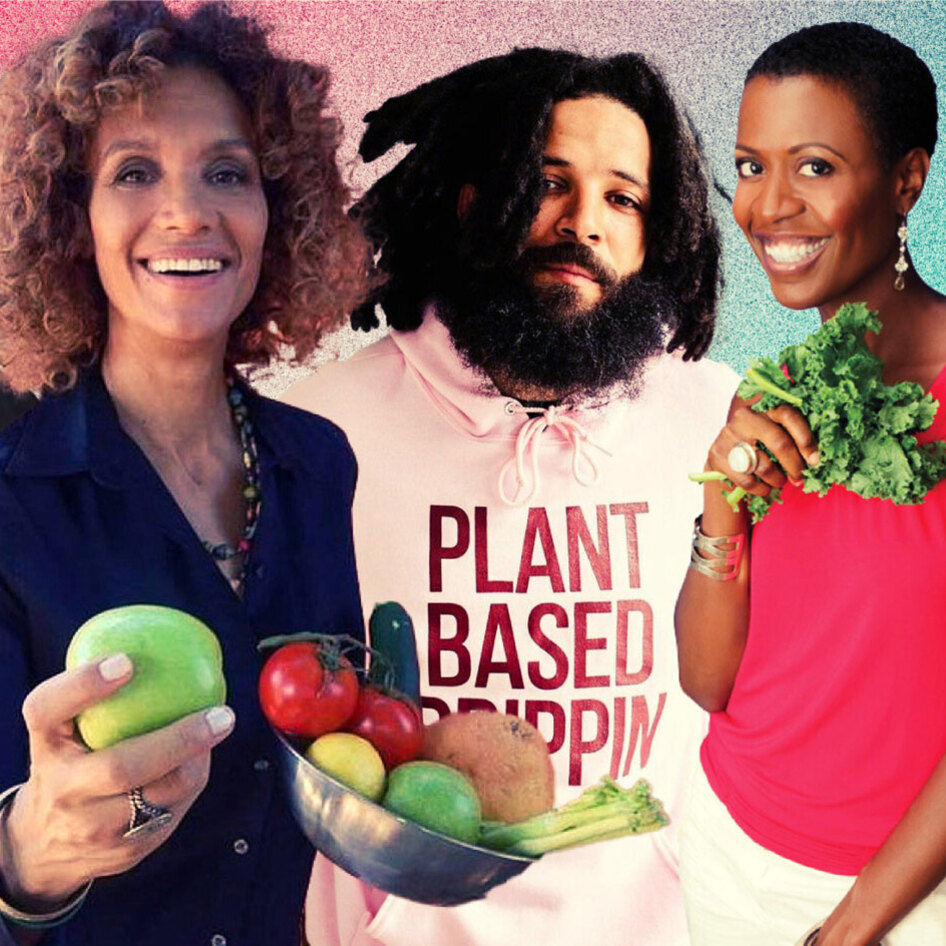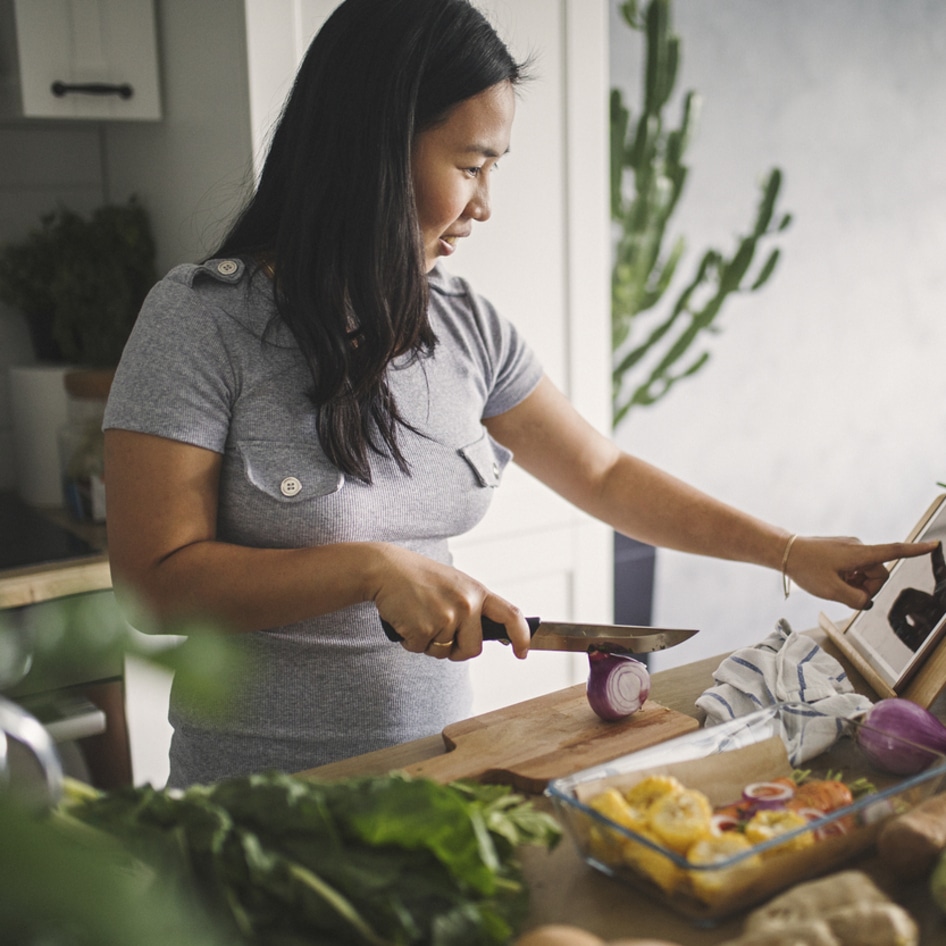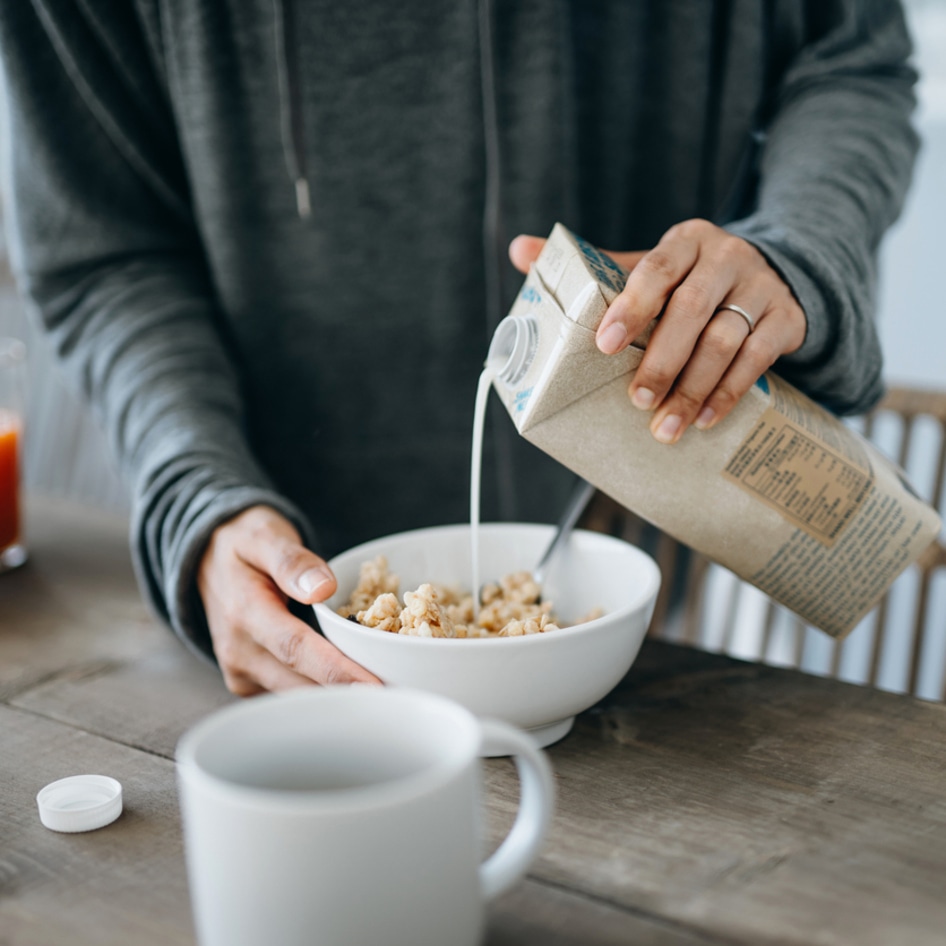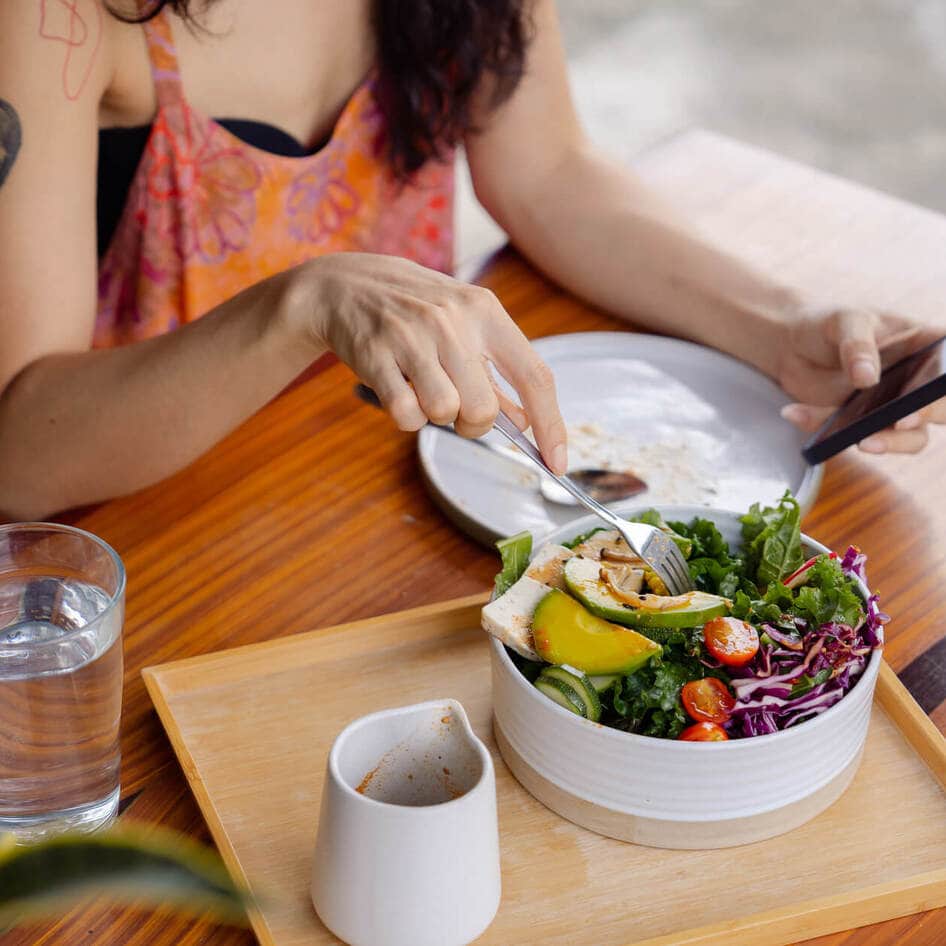I Was Vegan While Deployed in the Middle of the Ocean. Here’s How I Survived.
For six months, I ate a plant-based diet and increased my strength and flexibility.
December 7, 2016
I credit the ease of my vegan lifestyle to experience, but mostly to the fact that I live in an area where vegan-friendly products are readily available. However, all of that changed when I was sent on a six-month deployment on the USS Carl Vinson to the Korea Operating Area. Aboard the ship were 6,000 individuals living in cramped, dirty, and uncomfortable conditions. An estimated three percent of the United States population are practicing vegans, and considering there are approximately two percent of US citizens serving in the military, it’s safe to say that the Navy doesn’t see many vegans cross its path. Therefore, I didn’t expect the military to change its meal system on account of me serving in the armed forces because—military or not—I was committed to maintaining this lifestyle. In addition, I met many individuals aboard who said they had to give up veganism because it was impossible to do so on a ship, away from a kitchen, family, and any semblances of familiarity. Luckily, these people were wrong, which is why I am sharing my story to help others who want to continue—or begin—a plant-based lifestyle but feel they have a restricted environment.
Basic training
Basic training offered a main line with hot dishes—animal protein, carbohydrates, and a hot vegetable—and a salad bar with raw vegetables, fruit, peanut butter, bread, and cereals. I spent the eight weeks living off of the salad bar. For breakfast, I had oatmeal with peanut butter and fruit, and for lunch and dinner, I had a raw vegetable salad with balsamic vinaigrette and fruit. Although I had not yet been on deployment, I had a lot of confidence that I could maintain my lifestyle—after all, I was able to do it in basic training! These conversations triggered a ton of naysaying around me. Basically, everyone told me it simply could not be done. When basic training ended, I arrived at my first command, which was when I discovered I would be going on a six-month deployment.
Deployment
I knew going into my deployment that I didn’t just want to survive—I wanted to thrive! For the sake of my job and my well-being, I couldn’t suffer through measly meals and have no energy. My job as an Aviation Technician with a Growler squadron requires lifting heavy equipment and running them up and down steep stairwells across a flight deck the length of a football field, and the planes are moving constantly. I needed to ensure that I gave myself the nutrients to work proficiently and safely. And, for my mental well-being, I wanted to continue my normal stress relieving activities of CrossFit, cardio, and yoga.
On the ship
On the ship, the main food line always offered an animal protein, a hot vegetable, and a carbohydrate. The salad bar had a variety of fruit, raw vegetables, sliced bread, nuts, and peanut butter. On the best days, I could load my plate with broccoli, red cabbage, carrots, chickpeas, and a piece of fruit. On the worst days, I would eat olives, pasta salad, celery, and grapefruit. Most of the main line carbohydrates were cooked without butter, but it was not guaranteed. I did a simple taste-test or asked the culinary specialist when I wanted to eat rice from the main line. Other than that, I got my carbohydrate from legumes, my morning oatmeal, fruit, vegetables, and nuts. Nuts were especially plentiful because they were served in the galley and could be purchased at the ship store. However, I had to outsource vegan protein sources. I brought aboard Textured Vegetable Protein (TVP), chickpea flour, and protein powder. I used Amazon.com, which delivered to the ship. The TVP was by far the most user-friendly because it comes dried, cooks simply by rehydrating it, and is inexpensive. The chickpea flour I used to make chickpea miniature quiches using the microwave. I would whip up a week’s worth at a time and store them in my shop or locker at room temperature. Along with the protein, I also brought aboard tahini, blackstrap molasses, a seed mixture—hemp, flax, chia—and a green superfoods powder. I also provided my own B-12 and multivitamin supplements.
Ports
We had port calls in Guam, Korea, and Singapore. All three cultures incorporate plants into their diets, so it was not hard to find vegetable-based and tofu dishes. I did my research via HappyCow and read about dishes common to these areas to isolate vegan-friendly meals. I’ll never be certain that I was 100-percent perfect in my food selections at the ports, but I’m confident I did the absolute best I could.
The aftermath
While on the ship, many people found out I was vegan and told me how the military curtailed their vegan diets. And, after a few months on the ship, I started to hear more admiration than criticism from my coworkers. When we ported on the final day of deployment, I increased my lifts and flexibility without any weight gain or loss, and my energy levels were normal throughout the cruise. I considered it a success on all accounts.
Nicole Hadden is a proud vegan and member of the US Navy who maintained her vegan diet while deployed on a naval aircraft carrier for six months.
JUMP TO ... Latest News | Recipes | Guides | Health | Shop







